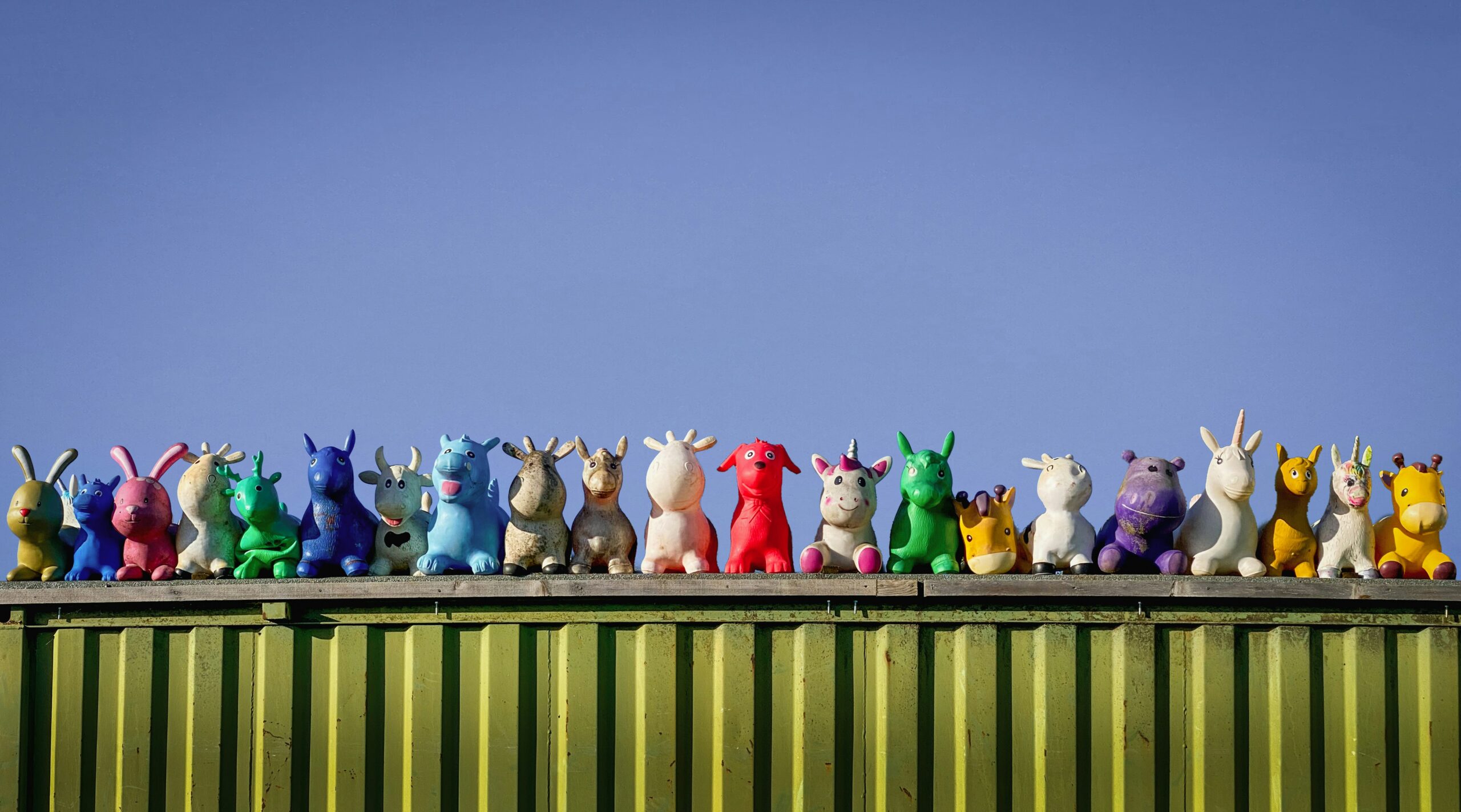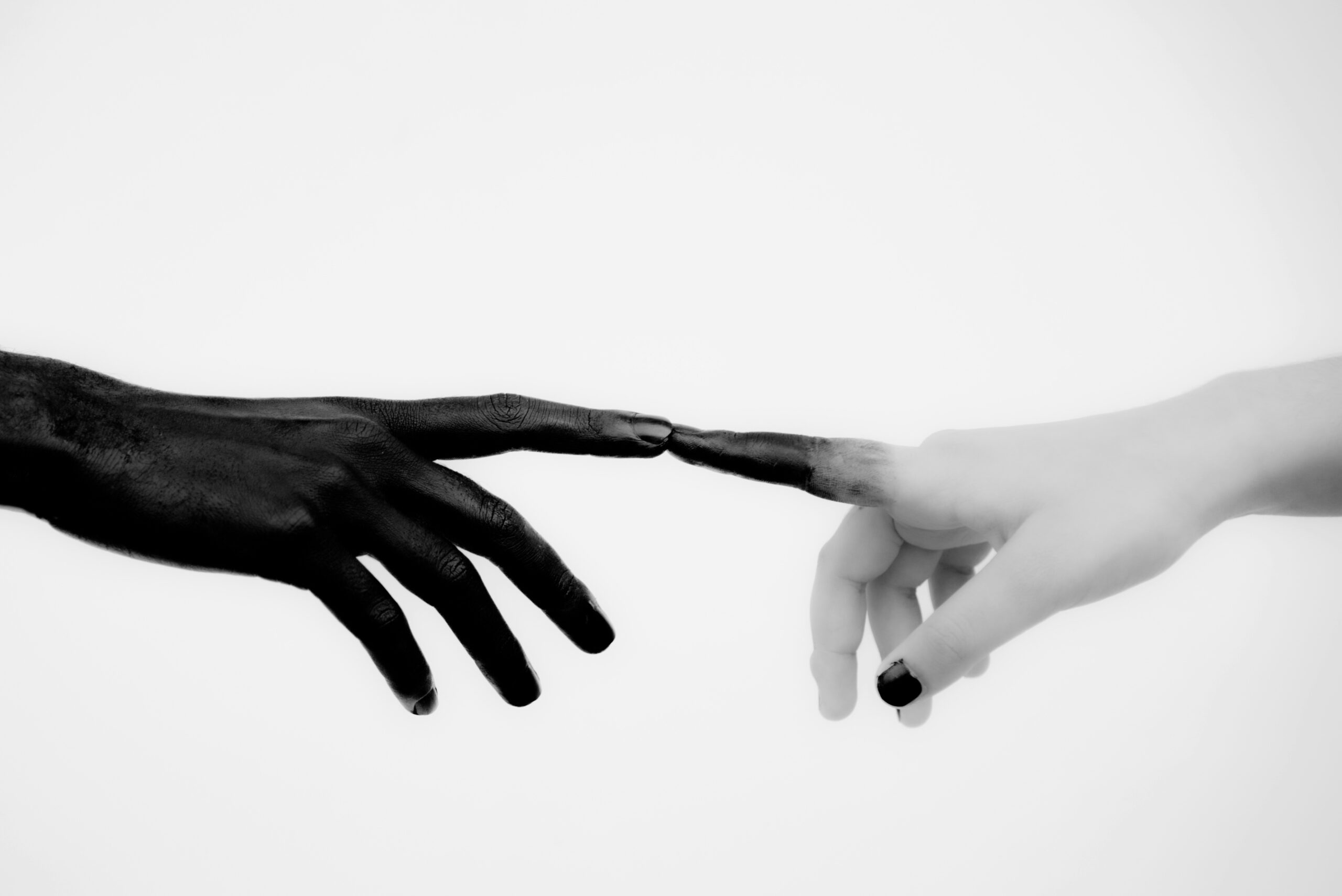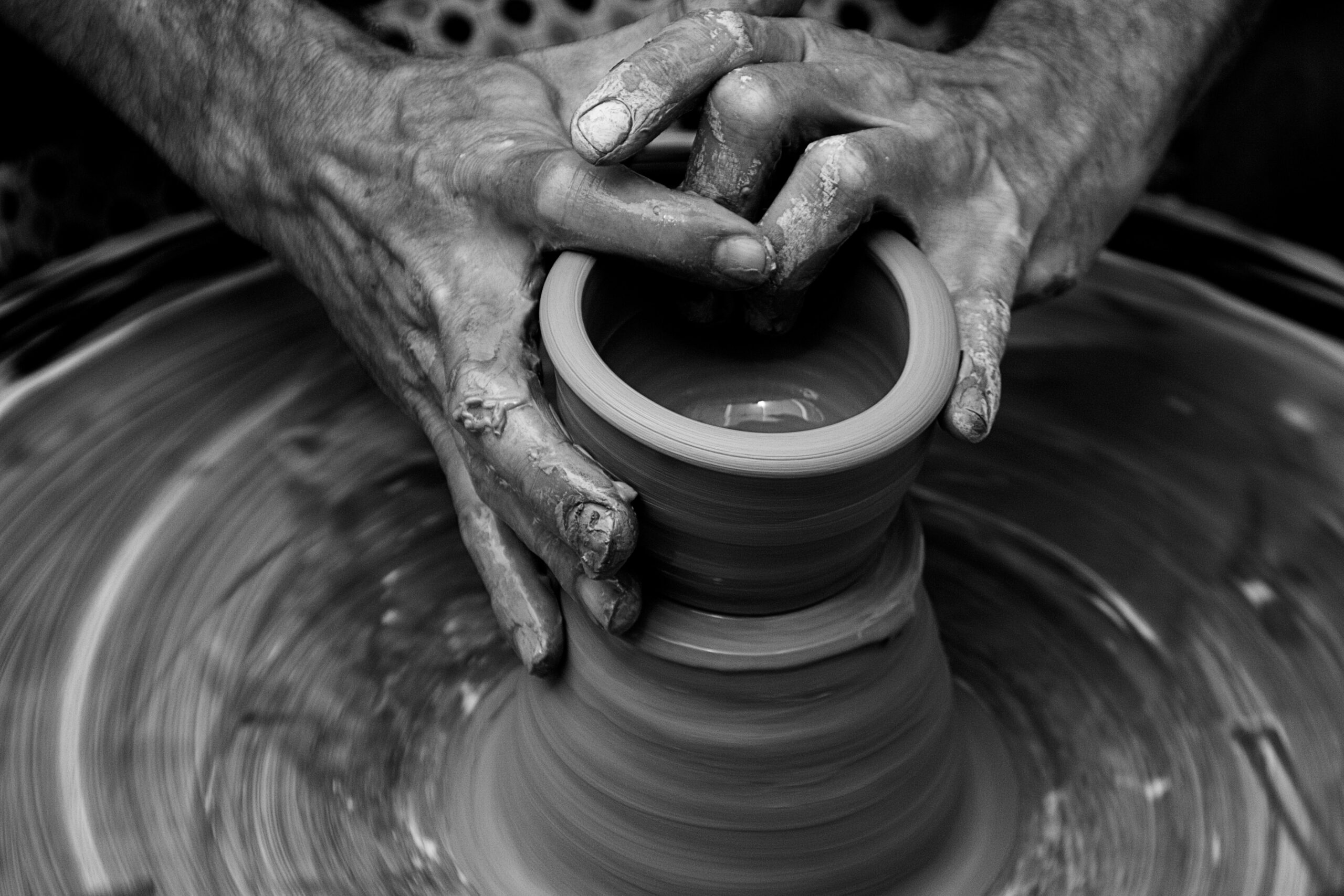Unmet needs
Marshal Rosenberg, the author of the non-violent communication method, in one of his books, The Surprising Purpose of Anger, says that anger is “a tragic expression of an unmet need”. He proposes to transform anger to discover and serve our needs. Also, I like how the creator of non-violent communication shares how violent his thoughts can be. He writes in one of his chapters under the subtitle Enjoying the Judgement Show in Your Head:
“There’s an enormous amount of violence in me conditioned by cultural factors and other things. So, I enjoy that. I just sit back when I get that angry and I just watch this violent show going on in my head. I hear all these violent things I’d like to say, and I see these things I’d like to do to this person and then I listen to the pain that’s behind it. And when I get to the pain behind it, there’s always a release”.
He does not pretend as if he never experiences rage. But he can accept it, and he’s non-judgmental about his judgmental impulses. Our inherent liberty allows us to think and imagine the most murderous fantasies in our heads, but that doesn’t make us criminals yet. In the end, what matters is our actions, what we do with our rage. He’s not letting his anger take over him, but he uses that to get to the roots of his pain, his needs. This is a humanitarian approach. Rosenberg presents in his talks and books how he’s able to diffuse the most furious person by using the Language of the Heart, his Nonviolent Communication style.

There is always a reason why we feel angry. Whether it’s justified or unjustified, we can evaluate it once we understand what makes us angry. When it comes to adults (it’s different with children), we are responsible for our emotions, including our anger. Because we are the authors of our emotions. Even when other people are the cause, we are still the ones making executive decisions on what we want to do about it.
Marshal Rosenberg suggests 3 steps on tackling anger compassionately; this is an internal process:
- Identify the stimulus for our anger without confusing it with the evaluation.
- Identify the internal image or judgement that is making us angry.
- Transform this judgmental image into the need it is expressing; in other words, bring our full attention to the need that is behind the judgement.
Only the fourth step involves expressing it out loud to the person that we are angry with. You can read more about this in his book.
Anger, daimonic, evil vs. creativity and eudaimonia
Let me share this beautiful quote, an ode to anger:
“On the contrary, its pernicious power can only be curtailed via increased consciousness and unequivocal acceptance of personal and collective responsibility for recognizing and constructively redirecting the daimonic; consciously acknowledging and redeeming our inner devils and demons rather than repudiating them. While the devastating and deleterious effects of denied, pathological anger or resentment are increasingly conspicuous in our rampant age of rage, it is equally important to recognize anger’s admittedly much less apparent, paradoxically positive, vital, life-enhancing power, and its still appallingly poorly appreciated yet undeniably close connection to creativity”. (Stephen A. Diamond)
In the book Anger, Madness, and the Daimonic: The Psychological Genesis of Violence, Evil, and Creativity, written by psychiatrist and psychotherapist Stephen A. Diamond explores what anger and daimonic have to do with creativity. Daimonic, from Latin dæmon, is translated to “spirit”. It is important to note that the daimon is not the same as the “demon” or “devil”, which are personifications of evil.
“The daimonic model considers both creativity on one side, and anger and rage on the other side, as coming from the same source. That is, constructiveness and destructiveness have the same source in human personality. The source is simply human potential”,
explains Rollo May, one of the pioneers of existential and humanistic psychology and psychotherapy. Anger is one of the fundamental components of the daimonic. Burying the daimonic would also mean depriving us of our vital life force, our creativity,
Harvard psychiatrist Dr. Michael Sperber discusses this concept further by comparing daimonism with antidaimonism, dysdaimonism vs. eudaimonism. The daimonic individual could be described as full of passion and intensity, whereas the antidaimonic person has repressed their spirit and is apathetic. The dysdaimonic character is dominated and possessed by the raw forces. This can be destructive, think of Hitler, or creative, like Van Gogh’s work.
In contrast, perhaps the most desirable and congruent state would be eudaimonia, which in ancient Greek means “having a good guardian spirit”. For Aristotle, eudaimonism meant “the capacity to live happily and harmoniously with the daimonic”. Sperber writes:
“Eudaimonism refers to the integration of opposing forces within one’s being —love and hate, creativity and destructiveness, power and impotence. In a state of eudaimonism, these forces coexist in dynamic equilibrium”.

The more we realise and accept our daimonic tendencies, the less we will fear anger. We will be less fragmented, but more grounded in reality, truthful to ourselves, courageous to embrace our fury, and able to access our creative spirit, aspiring towards the eudaimonia. Of course, this is not an easy task. It’s a constant self-examination and discernment between the good and evil, which is not always binary but often contextual, subtle, sublime. For example, somehow we don’t feel bad wishing for the villain in the movie to be killed by the “good guy”. How come? Perhaps what makes us afraid of anger is our struggle to recognise that we are capable of doing both horrific and noble things. It’s in each of us, and this is our nature; we are not saints. Only our choices and decisions define whether we stand on the light or the dark side of the force. Besides, “Stupidity is a more dangerous enemy of the good than malice”. (Dietrich Bonhoeffer)
Even angels can have a dark side. Why do we humans try to be more “divine” than mythical gods and angels? Now and again, I can be stupid, rude, annoying, or difficult. I am aware of my dark and ugly sides. I have the whole range of emotions that I want to feel because they make me feel alive, authentic, human, imperfect, flawed. It’s not about becoming slaves to our emotions, justifying their uncontrollable explosion, and taking no accountability for our actions. But rather acknowledging with honesty and humility: Yes, I have these dark and destructive aspects in me AND I want to be aware of them AND I am in working progress of taming, embracing, and channelling them into more soulful endeavours.
Anger & creativity
How is anger related to creativity? And how do we define creativity? Rollo May views creativity as “the capacity to bring one’s expectations into reality”. It’s bringing something new to life.

Hence, creating oneself involves rebelling against, questioning, and abolishing the old childhood and cultural patterns and redefining new, original ways of existing and engaging with reality. For this to happen, we need some conglomeration of anger, psychological conflict, chaos, and existential angst as a baseline motivation. Creativity is not limited only to artists or geniuses, but we all have that aspect in us when we try to “creatively adjust” to our circumstances and face challenges (Polster and Polster).
When we disconnect from our righteous anger, we become blocked, stuck, and unable to create ourselves internally and externally. Rollo May further argues that “creativity is yearning for immortality,” therefore, our existential rage is against all injustice and the biggest human enemy – death.
Why do we need artists, visionaries, and rebels to move our humanity forward, and how is anger a prerequisite for change? Let’s investigate that in part 6.
[…] the second and third parts, I will explore the reasons we feel angry and its […]